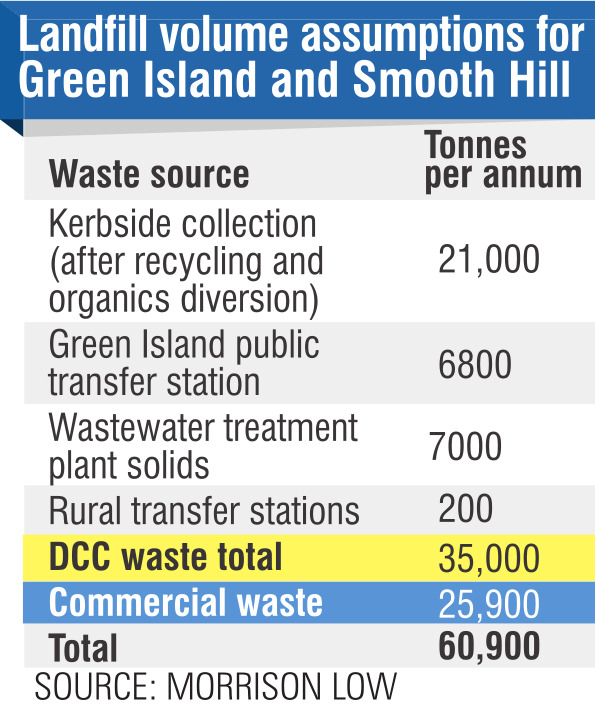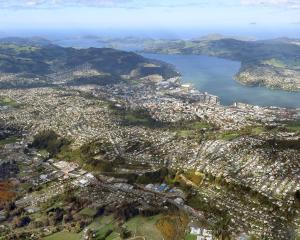
However, Mr Simms doubled down on his argument guaranteed tonnage is too low for the Dunedin City Council to press on with the controversial construction project.
He took it a step further yesterday, revising the guaranteed volume down to 21,000 tonnes a year, reinforcing his argument the project’s financial basis was shaky and exporting waste to another centre was probably a better alternative.
At a mayoral debate on Tuesday, Mr Simms used a figure of 25,000 tonnes for the amount of waste Smooth Hill would certainly receive through the council’s kerbside collection service.
Cr Barker spoke up against this narrative.
"Now, the actual amount going to municipal waste is 35,000 tonnes, so we need to think carefully about the numbers that are being used there," she said.
Cr Barker added waste levels were not falling.
"The rubbish per head has gone up in the last year from 451kg per person to 508kg per person, despite our waste minimisation plan ... and the population has grown, so therefore the waste has grown."

"That will go to the cheapest commercial provider in Dunedin, and there are already two new transfer stations starting up in Dunedin to capture commercial waste and waste that the city doesn't control, because they know that their costs are so much cheaper, they will grab all of that."
The Otago Daily Times asked Mr Simms for clarification about both the 25,000 and 8500 figures.
Of the latter, he conceded he should have said 7000 and this would reflect transfer station total volume — "private waste arriving on trailers and in car boots".
Another 7000 tonnes would be wastewater sludge and it was "unlikely that this waste could go to Smooth Hill, as it falls into the highly odorous category and may fall outside the resource consent", Mr Simms said.
The remainder was 21,000 for kerbside collection — "the only volume the DCC can guarantee for Smooth Hill".
Asked about the 25,000 figure he had used previously, Mr Simms said volumes had varied from year to year, "so 25,000 for kerbside was on the high side of average".
The figure was also used in Mr Simms’ advertising to describe municipal council waste and Cr David Benson-Pope submitted a councillor information request for a "fact check".

At the meeting, Mr Simms compared Smooth Hill with large regional facilities at Winton, Southland and Kate Valley in North Canterbury.
"Our landfill will be more expensive to build and more expensive to operate than Kate Valley, with less than 10% of the volume," he said.
"Sharing infrastructure across regions is the answer to save money and save rates."
Regarding commercial tonnage, Mr Simms said yesterday "the DCC will be operating the most expensive landfill in New Zealand, competing against other providers who have some of the cheapest operations".
Cr Barker said the council had to be responsible about waste, "and we have to control the waste stream".
"I'm happy to look at the figures again — always open to those things — but I do think that we try to make the right decision given the information we have, the experts that we've listened to, and all that we've read."
Building Smooth Hill was cheaper than alternative options, she said.












